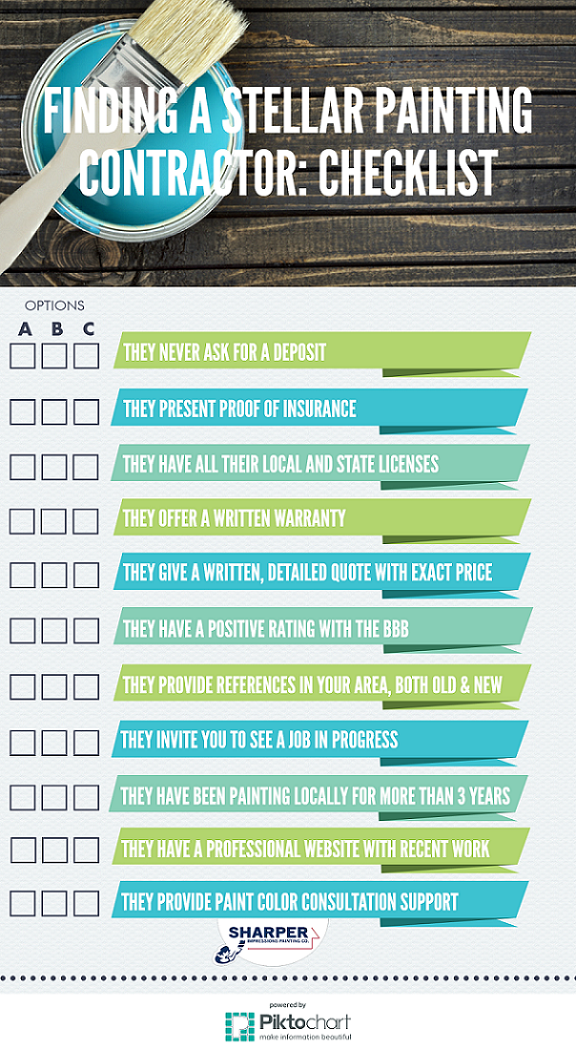Understanding Seasonal Influences On Commercial Exterior Painting: Vital Knowledge For Success
Understanding Seasonal Influences On Commercial Exterior Painting: Vital Knowledge For Success
Blog Article
Material Writer-Aguilar Whalen
When you're planning a business exterior painting task, seasonal aspects can make or damage your results. You'll want to consider exactly how temperature and humidity influence paint application and drying out times. Picking the appropriate period can ensure your paint sticks properly and lasts much longer. But which seasons are genuinely the most effective for this type of job? Let's explore the crucial elements that can influence your project's success.
The Effect of Temperature on Paint Application
When you're planning a business outside painting project, the temperature can dramatically affect just how well the paint sticks and dries.
Preferably, you want to repaint when temperatures vary in between 50 ° F and 85 ° F. If it's as well cool, the paint might not treat effectively, bring about problems like peeling off or splitting.
On the flip side, if it's as well hot, the paint can dry too quickly, stopping correct bond and resulting in an irregular coating.
You must also take into consideration the moment of day; early morning or late afternoon provides cooler temperatures, which can be extra desirable.
Always inspect the producer's recommendations for the specific paint you're making use of, as they commonly provide assistance on the optimal temperature array for optimum results.
Humidity and Its Impact on Drying Times
Temperature isn't the only environmental variable that influences your industrial exterior painting task; humidity plays a significant role also. High moisture levels can decrease drying times substantially, impacting the total top quality of your paint job.
When the air is saturated with moisture, the paint takes longer to treat, which can result in issues like bad adhesion and a greater danger of mildew growth. If you're painting on a specifically humid day, be planned for prolonged delay times between layers.
It's vital to check neighborhood climate condition and strategy appropriately. Preferably, aim for humidity degrees in between 40% and 70% for ideal drying.
Maintaining these factors in mind guarantees your job remains on track and provides a long-term coating.
Best Seasons for Commercial Outside Paint Projects
What's the very best time of year for your industrial outside paint jobs?
Spring and very early fall are generally your best options. During these seasons, temperature levels are light, and humidity degrees are usually reduced, creating excellent problems for paint application and drying out.
Avoid summer season's intense heat, which can create paint to completely dry too swiftly, resulting in bad bond and finish. Similarly, https://news.artnet.com/market/17th-century-baby-portrait-auction-2237902 can prevent proper drying out and curing, risking the longevity of your paint work.
Go for residential painting with temperature levels between 50 ° F and 85 ° F for optimum results. Remember to check home painting company near me for rainfall, as wet conditions can spoil your task.
Preparation around these variables ensures your paint project runs smoothly and lasts longer.
Conclusion
To conclude, intending your industrial outside paint tasks around seasonal factors to consider can make a significant difference in the end result. By organizing job throughout the optimal temperatures and humidity degrees, you'll make certain much better bond and drying out times. Keep in mind to watch on neighborhood weather report and pick the right time of year-- spring and very early loss are your best choices. Taking these steps will certainly help you accomplish a resilient and expert surface that lasts.
